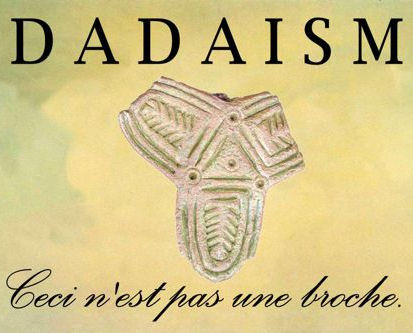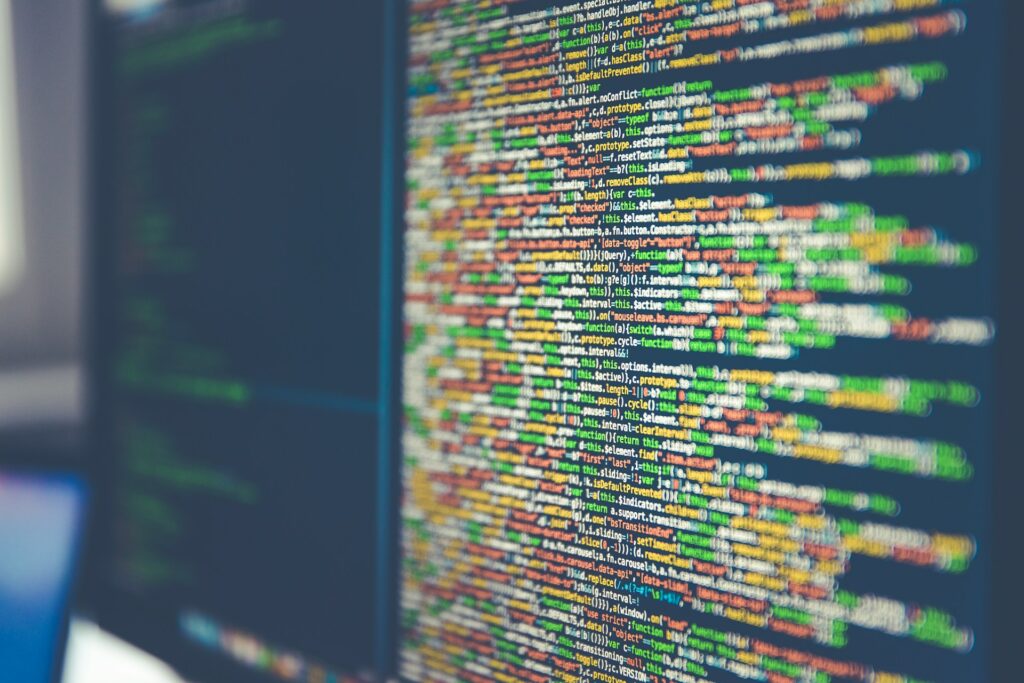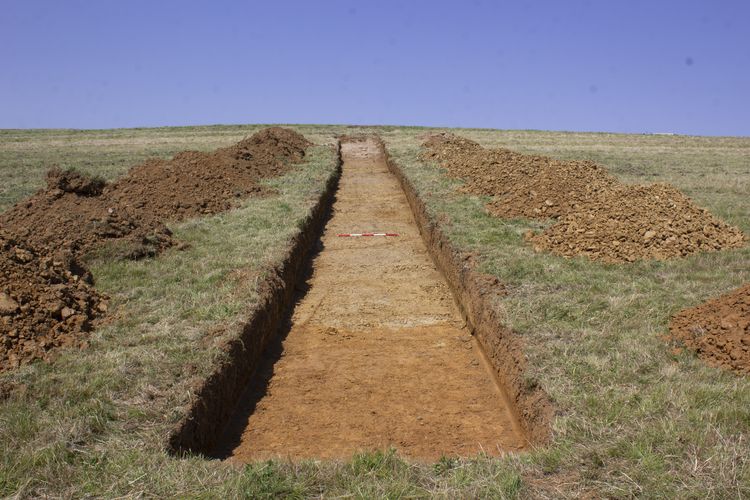
The DADAISM project brings together researchers from the diverse fields of archaeology, human computer interaction, image processing, image search and retrieval, and text mining to create a rich interactive system to address the problems of researchers finding images relevant to their research.
In the age of digital photography, thousands of images are taken of archaeological artefacts. These images could help archaeologists enormously in their tasks of classification and identification if they could be related to one another effectively. They would yield many new insights on a range of archaeological problems. However, these images are currently greatly underutilized for two key reasons. Firstly, the current paradigm for interaction with image collections is basic keyword search or, at best, simple faceted search. Secondly, even if these interactions are possible, the metadata related to the majority of images of archaeological artefacts is scarce in information relating to the content of the image and the nature of the artefact, and is time intensive to enter manually.
The aim of the DADAISM project is to develop an interactive system that combines minimal human interaction with automated processing techniques to transform the tasks of searching for relevant images and relating them to other electronic resources such as grey literature documents; to investigate how image search and text mining techniques can be used to extract information about images; to improve search and browsing of image archives and improve labelling of
images, and to investigate whether researchers can be more efficient and effective in finding images that are relevant to their archaeological research questions through the DADAISM approach.
The project uses data from the following ADS archives:
- The J J Wymer archive
- The Library of Unpublished Fieldwork Reports
- Lower Palaeolithic Technology, raw material and population ecology archive
- Culture and Gender in the Danelaw archive
to experiment with image processing and text mining. The result of the project will be an interactive web-based system that will support researchers in exploring image archives, in labeling images with appropriate metadata, and in relating images to other information sources such as grey literature documents.





